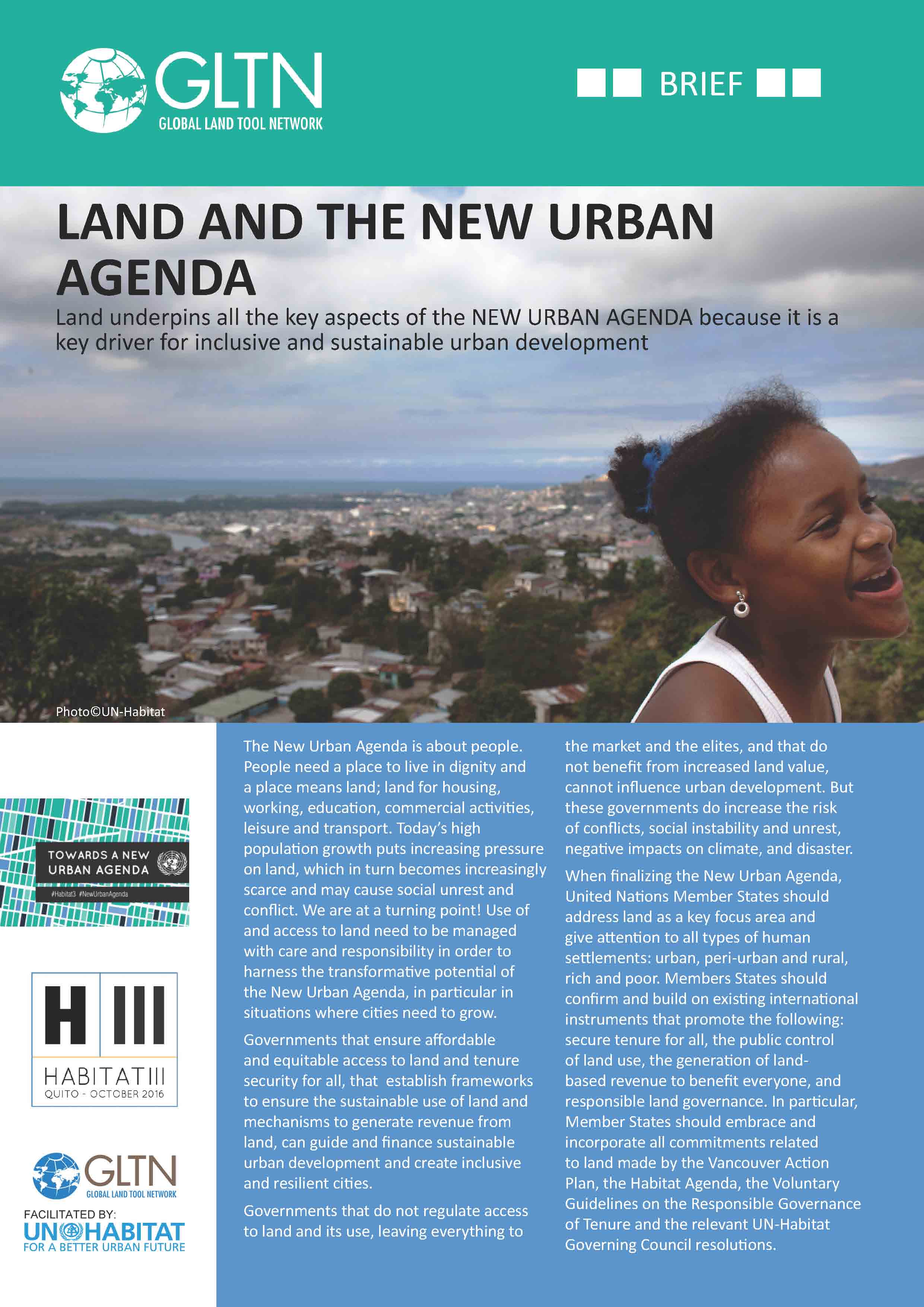Madagascar : Rural and Environmental Sector Review, Volume 2. Technical Annexes
This review aims to provide the
Government of Madagascar with a situation assessment and
insights and guidance on how to position the rural and
environment sector as an engine for inclusive and
sustainable economic growth. The review has cast the
analytical net quite widely with the aim to come up with a
comprehensive overview of the sector. In view of the
intimate linkages between rural development and the


